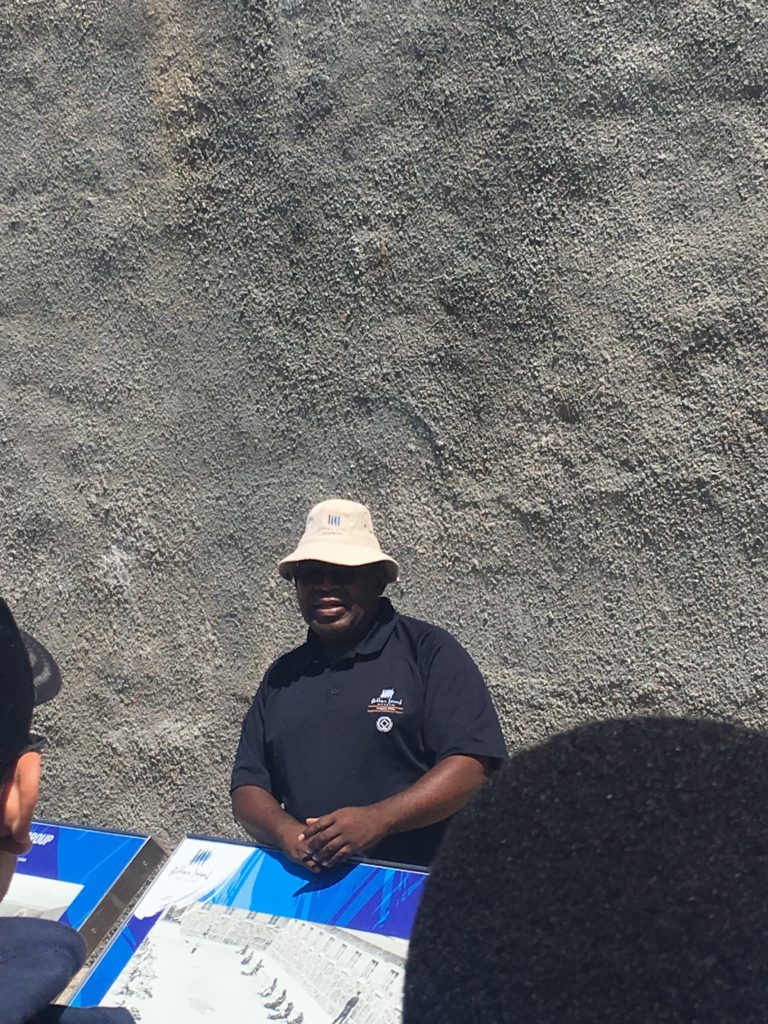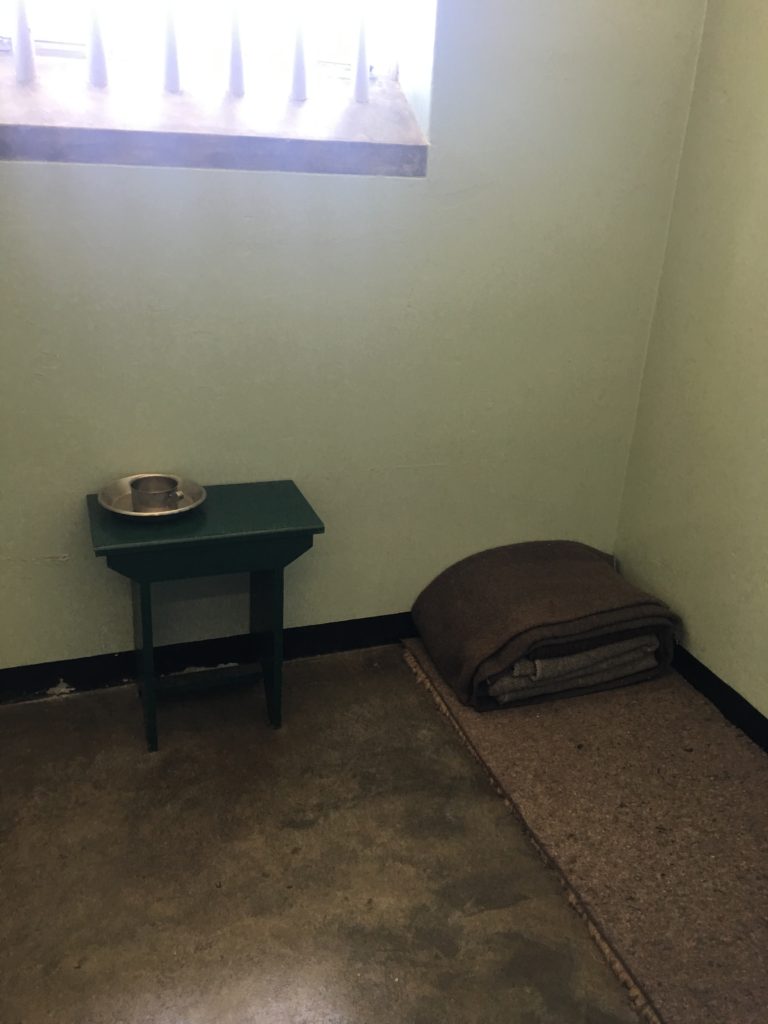
Growing up in public schools in America, we spent a lot of time on European history but very little on the rest of the world. There were brief mentions of the Vietnam War, the British release of Hong Kong, and, of course, Apartheid in South Africa.
I didn’t know much about the country but I knew the name Nelson Mandela as he was released from prison in 1990 when I was around two years old. But I didn’t understand what that time there meant and wouldn’t until I went there.
Apartheid was officially created in 1948 by South Africa’s Nationalist Party but the policies of segregation started long before then. Just as the Trail of Tears and Segregation in the United States didn’t occur all at once, there were people planning the oppression of a group of people many years before laws went into place.
This post contains affiliate links that can earn this website a small income. They will not cost you anything to use.

South Africa was inhabited by tribes before the Dutch established settlements there which led to multiple ethnic groups. White rule started in 1910 from Pretoria which led to protests and riots. This was used as a way to justify legal segregation and the creation of townships on the outskirts of major cities to keep non-whites out.
Townships are the term for these ghettos in nearly every corner of South Africa that continues to this day. They have names like Soweto in Johannesburg, Umlazi in Durban, Khayelitsha in Cape Town, and Ibhayi in Port Elizabeth. Soweto, in particular, is home to over a million people spread across smaller neighborhoods.

Essentially, these groups of non-whites, which included mixed-race people and Indians, and put them in a large plot of land without any infrastructure. They were tasked with building their own homes out of scraps, rigging electricity systems, and disposing of waste. People were also kept out of businesses labeled “Whites Only.”
When I got to Johannesburg, one of the first places I went to was the Apartheid Museum. It’s not the only one in South Africa, by a long shot, but is the most in-depth. The sprawling space covers the early history of the nation and how the policies of apartheid came to be.
It told the stories of people affected who had to carry identification based on what race they were and of those killed in violent clashes. There was also an exhibit on Nelson Mandela, considered to be the father of South African democracy, who lived in a simple home in Soweto. That place is also a museum.

Mandela and his contemporaries organized protests and were arrested while others were exiled to other countries. But the work continued even as Mandela was imprisoned at Robben Island, one of the world’s most remote prisons only accessible by boat.
It was here that he was held in a small cell for decades. His imprisonment between different parts of the prison lasted 27 years. Touring the island, it’s incredible to hear about the harsh conditions that prisoners dealt with, as told by former prisoners that now serve as guides.
Countries divested from South Africa starting in the 1980s, especially after the deaths of nearly 70 people in Sharpeville. The leadership of South Africa started to see the impact on the economy, finally forcing the resignation of the prime minister. His successor released political prisoners shortly afterward, including Mandela. In 1994, he became South Africa’s first black president.


I was struck by how similar it was to the Civil Rights Movement in the United States. When these conversations take place, there are always comments saying “get over it, it happened a long time ago.” But it wasn’t so long ago.
For South Africans, many young people lived under these rules and their parents can hardly remember before Apartheid. In the American South, many African Americans grew up hearing stories about Emmett Till and others killed by racism.
When Apartheid finally ended in 1994 when I was six, but as many countries can tell you, oppression doesn’t stop overnight. The scars run deep and continue to in how many of these places are organized. You can see it in the de facto segregation that still exists throughout the United States from New York to Memphis and everywhere in between.
You see it in how cities are planned, placing highways through traditionally black neighborhoods like the “Connector” in Atlanta and the “Crosstown” in Charleston. It’s in the gerrymandering that leads to voter suppression. It’s even in the food deserts.

Visiting places like these in South Africa has never been more important as white supremacy makes its way out of the shadows once again in Europe and America. It’s important to move forward towards equality and away from the mistakes of the past.
The Path to Freedom: Robben Island, District Six and Gugulethu Private Tour covers much of Mandela’s history and Apartheid in general from Cape Town. The Apartheid Museum Tour in Johannesburg visits the museum with a guide.
Further Reading
How Segregation Caused Your Traffic Jam, New York Times Magazine
Reverse divisive legacy of the Charleston Crosstown, The Post and Courier
South Africa’s apartheid regime ended 25 years ago, The Washington Post
Born a Crime: Stories from a South African Childhood, Trevor Noah
Cry, the Beloved Country, Alan Paton
Long Walk to Freedom, Nelson Mandela
I wrote a memoir on growing up as a white bloke in the early 90s in South Africa, detailing how I used s world trip starting in the USA as process by which to heal and understand the dystopia I grew up in.
https://www.amazon.com/dp/B08XK29BQG
Dear Caroline
I have picked up on your website and want to know whether it is still active (March 2021).
I am a South African born man who has lived in Britain for 21 years.
I have just published a book which is to be distributed on Amazon on 2nd April 2021. (Apartheid: Lives Divided)- my pseudonym is Bill Duncan.
Please reply if you receive this message as I would very much like to chat to you
Kind regards
Bill Gillespie